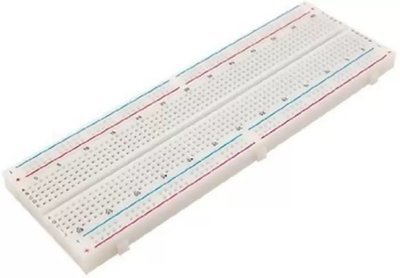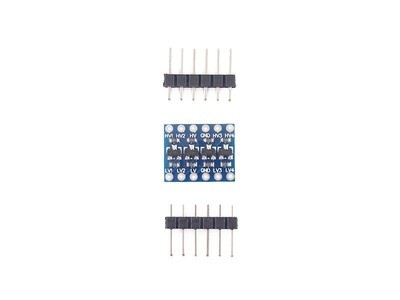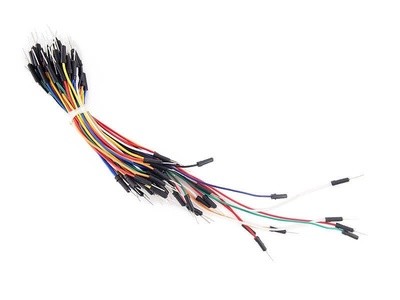Arduino Nano
The Arduino Nano is a small, complete, and breadboard-friendly board based on the ATmega328. It has more or less the same functionality of the Arduino Uno, but in a different package. It lacks only a DC power jack, and works with a Mini-B USB cable instead of a standard one. The Arduino Nano can be powered via the Mini-B USB connection, 6-20V unregulated external power supply (pin 30), or 5V regulated external power supply (pin 27). The power source is automatically selected to the highest voltage source. The RX and TX LEDs on the board will flash when data is being transmitted via the FTDI chip and USB connection to the computer (but not for serial communication on pins 0 and 1). It has 22 input/output pins in total. 14 of these pins are digital pins. Arduino Nano has 8 analogue pins. It has 6 PWM pins among the digital pins. It has a crystal oscillator of 16MHz. It's operating voltage varies from 5V to 12V. It also supports different ways of communication, which are: Serial Protocol. I2C Protocol. SPI Protocol. It also has a mini USB Pin which is used to upload code. It also has a Reset button on it.
- Microcontroller: ATmega328
- Architecture: AVR
- Operating Voltage: 5V
- Flash Memory: 32 KB of which 2 KB used by bootloader
- SRAM: 2 KB
- Clock Speed: 16 MHz
- Analog I/O Pins: 8
- EEPROM: 1 KB
- DC Current per I/O Pins: 40 mA (I/O Pins)
- Input Voltage: 7-12V
- Digital I/O Pins: 22
- PWM Output: 6
- Power Consumption: 19 mA
- PCB Size: 18 x 45mm
- Weight: 7g




